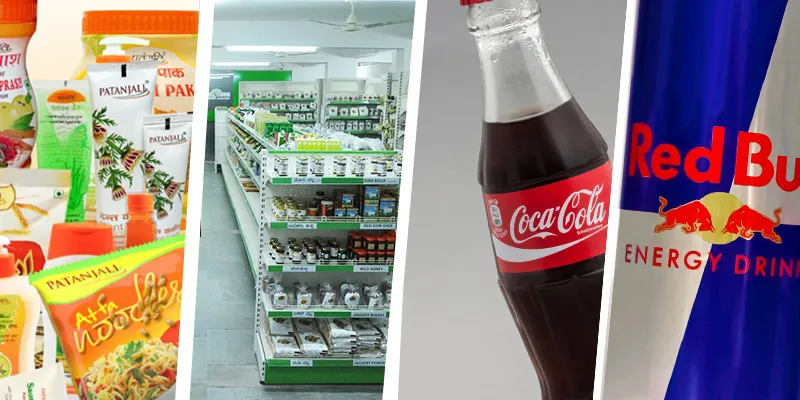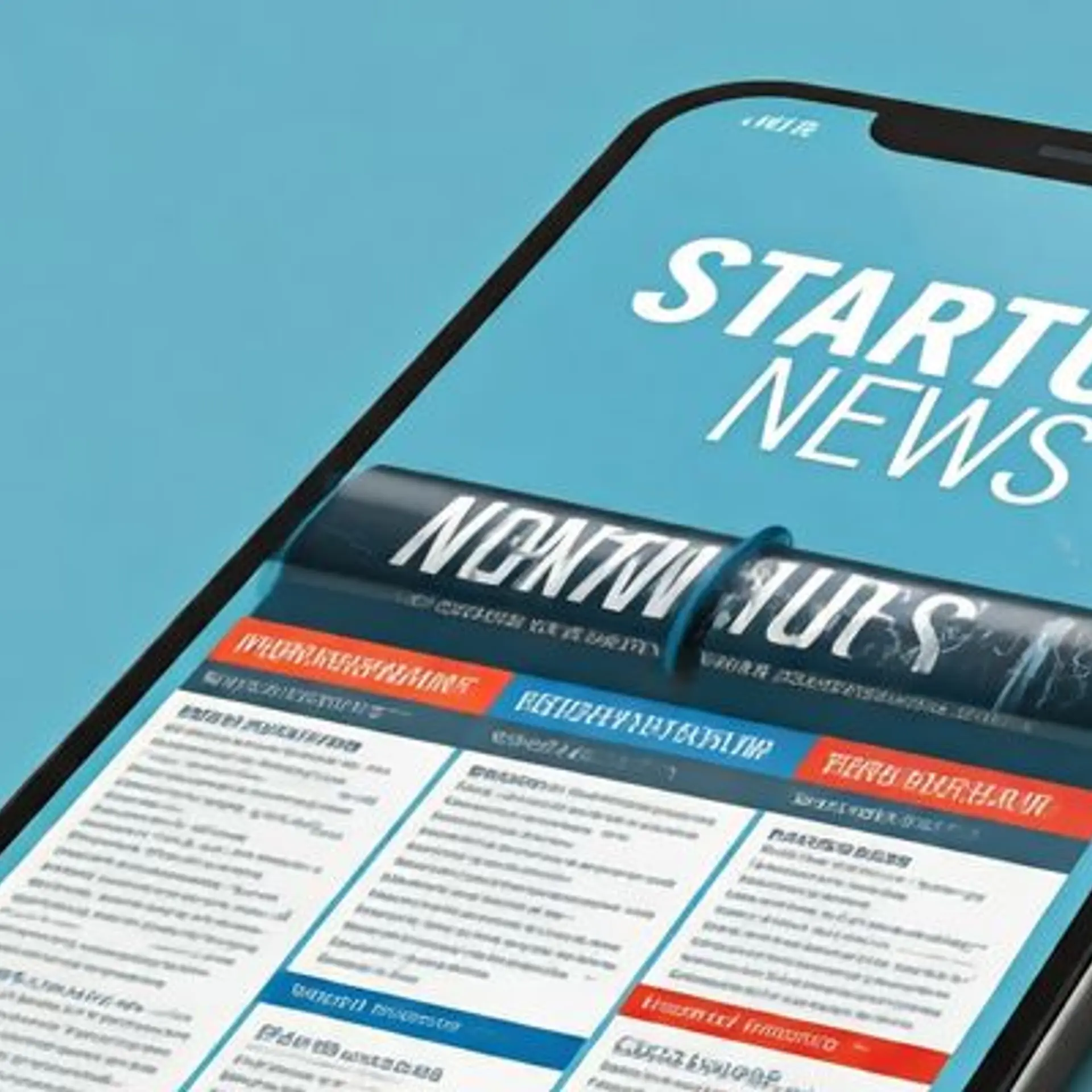Art of the engagement on social channels
One out of every four apps launched weekly shut operations, as they aren’t able to sustain the engagement with the user. An average smartphone users have over 30 apps on their device. Of the 30, only a handful of apps are used on a regular basis. Most apps will remain dormant on the phone and will eventually be deleted.
Why is there a lack of engagement? While trying to analyse this phenomenon, I tried to see my own app usage pattern. My regular apps are my email clients, social media apps like Facebook, LinkedIn and Twitter, taxi aggregators like Uber and Ola, and the health app. I use Google maps for directions, and some shopping apps like Amazon and Flipkart. The other apps neither connect or engage with me and they don’t disrupt my daily life or have an emotional connect. The first part of my requirement will not change, and is fairly constant in terms of usage. The second – emotional connect ‑ is hard to come by.

Similar to the app world, social media generates trillions bytes of data in the form of video, text, and images. There is a need to create an emotional connect with the fan, to keep them engaged and get them to keep visiting the page.
I see very few companies that have actually been able to do that. There are four such companies that come to my mind when I think of how I keep returning back to these pages to see their new content and posting.
Company 1 – Red Bull
Red Bull has over 42 million likes on Facebook – with the true highlight being their video content. Why is it engaging, and why does it have people repeatedly coming back to their page to check the latest updates? The unique part of the content on this site is that one will really struggle to find any of this content to actually include an image of a Red Bull can or their corporate content. Instead, the wall posts focus on images and short videos of extreme sports and athletes. It aligns with their overall brand strategy and positioning itself as a lifestyle choice rather than an energy drink. Red Bull concentrates on their values and beliefs as a brand – they are not selling a product, but they are selling an energetic and active way of life that people want to follow and be involved in.
Company 2 – Coca Cola
Coca Cola is an internationally renowned brand. Its Facebook page has over 94 million fans and Twitter page has 3.2 million followers. It doesn’t have physical stores, so the company looks to maintain brand image and raise awareness of its ad campaigns like the polar bear campaigns. This campaign was on how the global warming is having an adverse effect on polar bears. It teared up even an individual who did not wear his heart on the sleeve. Their campaigns are also regional. The campaigns that run in India are on how we can bridge the gap between borders. So why would one keep going back? Because the emotional aspect locks in the person and is like a “fix” that I get my high on.
Company 3 – Organic Mandya
A serial entrepreneur, Madhu Chandan SC, Founder of Organic Mandya, left his cushy job in the US and came back to India to work with the farmers to create a greener tomorrow. He had the experience of working across many multi-national brands in the US. Organic Mandya, in 4 months’ time, was been able to generate Rs 1 crore in sales and become a household name when it comes to organic staples. He has campaigns on engaging the city dwellers with the farmers, which encourages the farmers and in parallel it also enhances awareness around organic farming methods and techniques for the city dwellers – who are his target segment. With sweat donation campaigns and regular updates on organic farming, and touching the chord of asking everyone to grow their own food, he has been able to grow his Facebook page to 25,000 fans over a period of six months and they are from across the globe with a reach of over six million people.
Company 4 - Patanjali Products
Baba Ramdev proved every marketers and the five Ps wrong. He took the market by the horns and today Patanjali products is one among the top selling brands in the country. Their products such as ghee, honey, chyawanprash, juices, instant noodles and shampoo are among the top-selling brands in their respective categories. Retailers are putting up standalone racks, counters or bays depending on the size of the stores to stock Patanjali's grocery products. They have over 1,00,000 fans on Facebook alone. Why do people connect with his product? He created an emotional aspect – trust that his products were of great quality at cost competitive rates made from natural ingredients. He keeps people hooked to come back and try his other products.
“All these four companies have a few things in common:
If you are able to create emotional connect, people will keep coming back and looking at your social channels.
This engagement and connect cannot happen overnight, it takes time, hence one needs patience.
Create a variety of content especially multi-media to keep the viewer interested.
Start discussions with and among followers by asking questions, quizzes, to get them to understand your brand values and the space.”
(Disclaimer: The views and opinions expressed in this article are those of the author and do not necessarily reflect the views of YourStory.)







